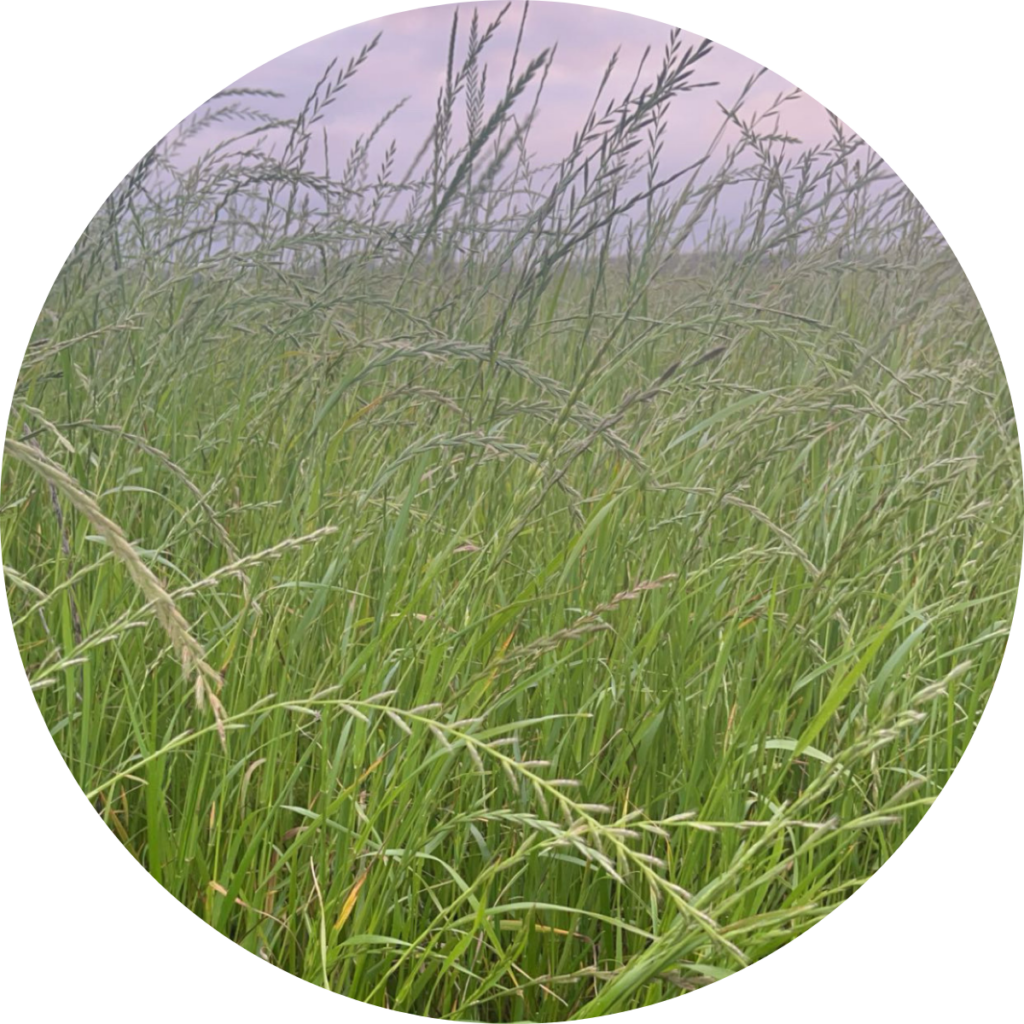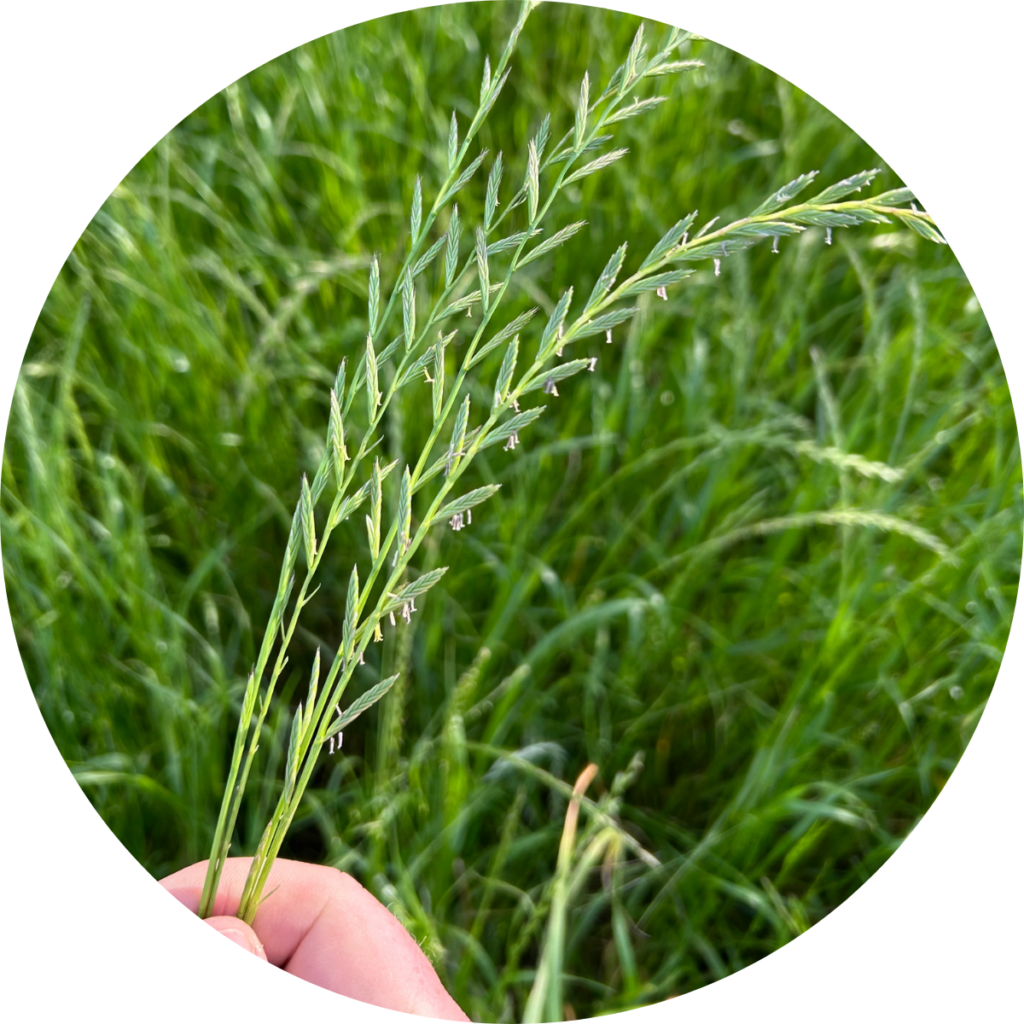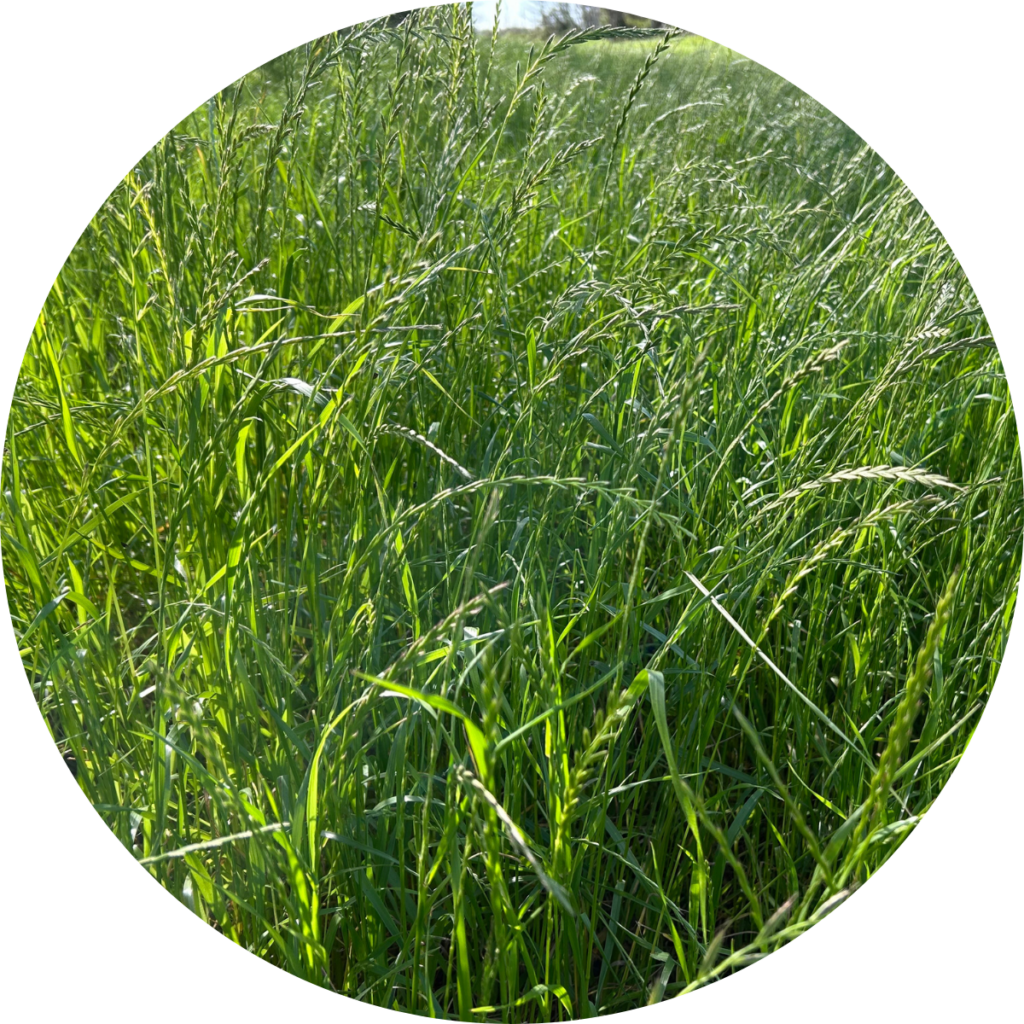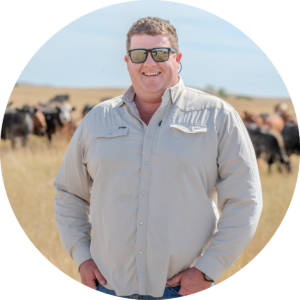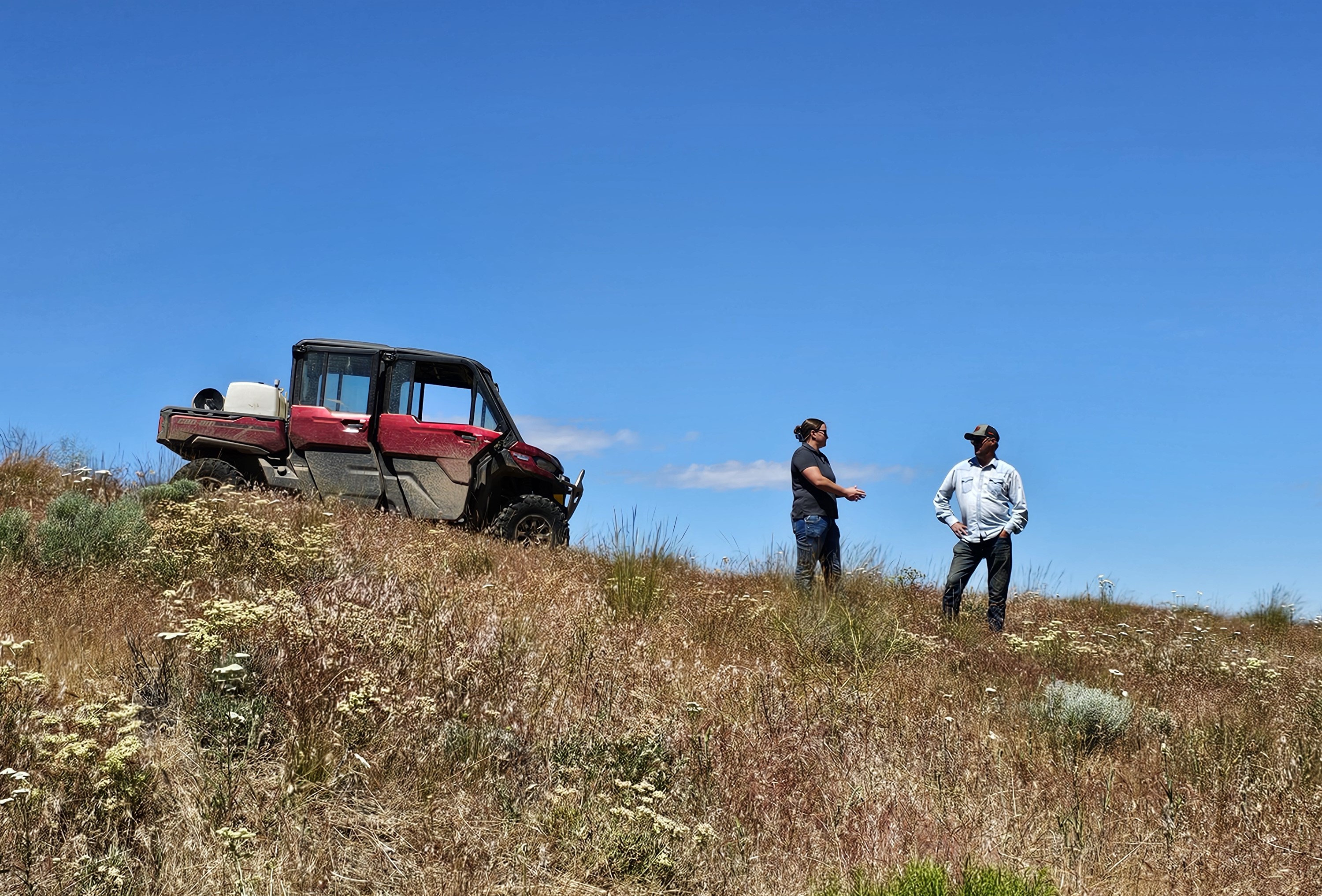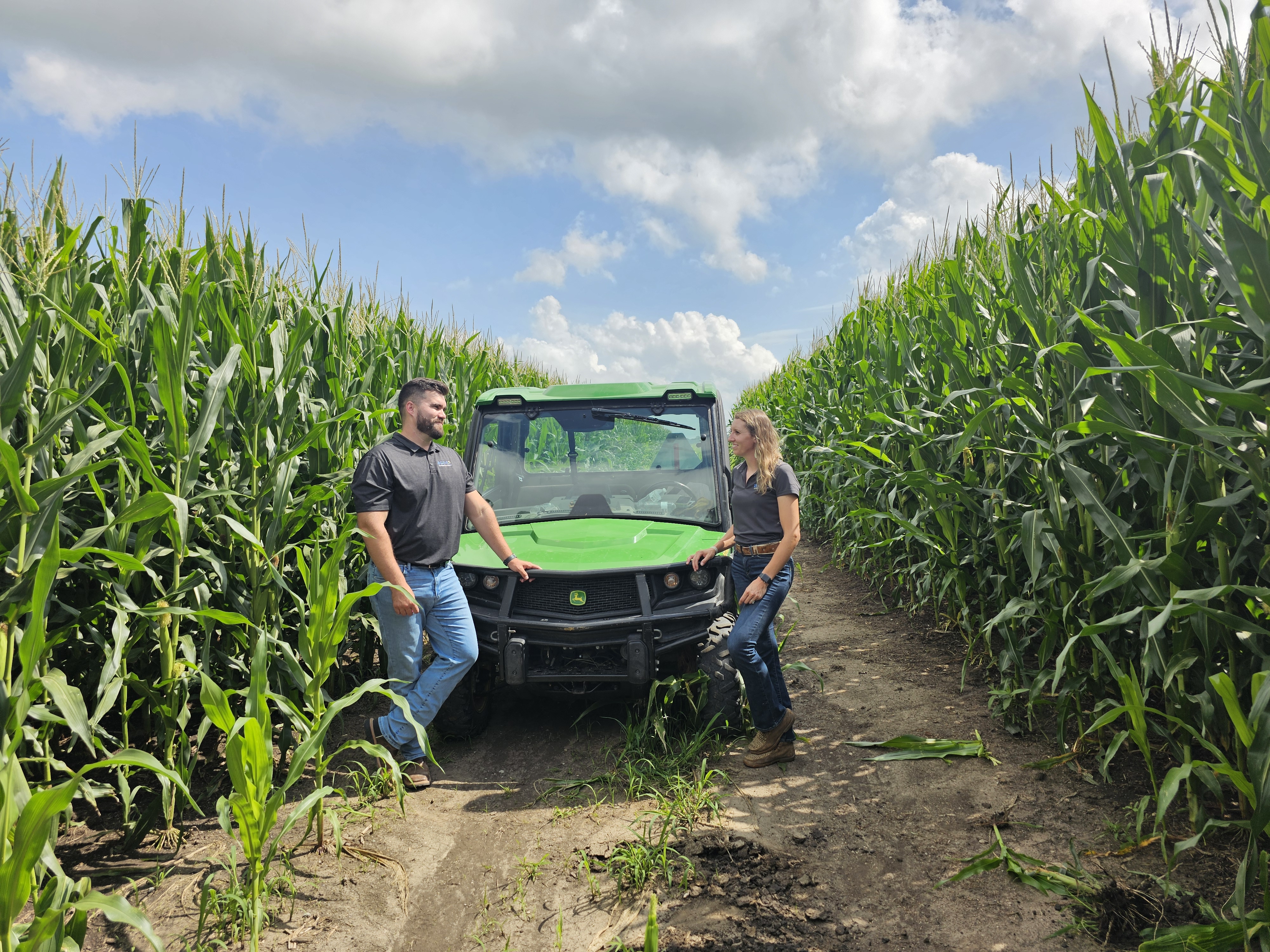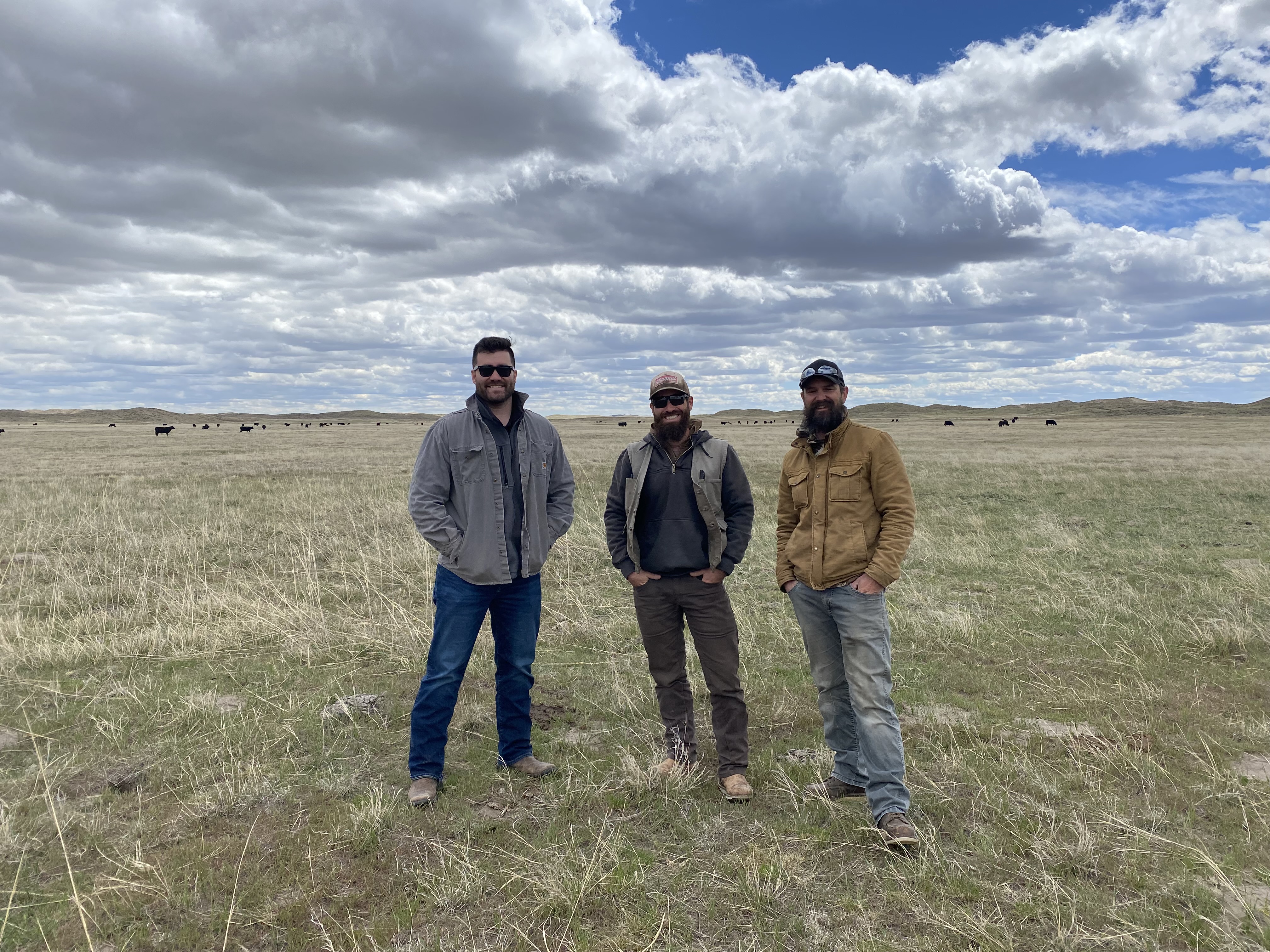Every fall, trucks loaded with pallets of ryegrass make their way from the Pacific Northwest to the South for autumn planting. This migration is driven by ryegrass’s reputation as a proven source of winter forage—high in protein, highly palatable, and often a cost-effective supplement to feeding hay.
Understanding Ryegrass vs. Rye
It’s important to distinguish between ryegrass and rye. Rye is a cereal grain that can also be grazed but is frequently used as a cover crop in row crop fields due to its ability to establish in early spring. Ryegrass, on the other hand, is specifically cultivated for its forage benefits during the winter months.
The Most Common Ryegrass Varieties
Along the Gulf of Mexico, Gulf annual ryegrass is the most widely used variety due to its affordability and resistance to rust. There are numerous commercially available varieties, both annual and perennial. Typically, Gulf annual ryegrass costs around $40 for a 50-pound bag.
Seeding rates depend on ground conditions, but generally, half a bag per acre is sufficient. While drilling the seed can be challenging due to its light weight, a cost-effective alternative is using a three-point cone spreader. Spreading should be timed either before a rain or just ahead of a mob of cattle to ensure good soil contact through trampling.
Ryegrass Economics: A Strong Return on Investment
Planting ryegrass is a low-cost, high-reward investment. Assuming an average of $10 per acre for spreading and $20 per acre for seed, your total cost per acre is around $30. With adequate rainfall, this small investment can yield well over 2,000 pounds of high-quality forage. Given recent hay prices, it’s easy to see why planting ryegrass is an economical choice.
In regenerative agriculture, there are four pillars of soil health,
and ryegrass contributes to all of them.
In regenerative agriculture,
there are four pillars of soil health,
and ryegrass contributes
to all of them.
Ryegrass and Regenerative Agriculture
In regenerative agriculture, there are four pillars of soil health, and ryegrass contributes to all of them:
- Minimize Mechanical Tillage Roots are nature’s best tillage tool. Ryegrass roots create pathways for water infiltration, cycle nutrients from deep within the soil, and do all of this without the need for fuel or mechanical intervention. This is particularly beneficial for pastures with shallow-rooted summer grasses like Bermuda.
- Maximize Cover Ryegrass thrives in a variety of soil types, protecting bare ground and allowing summer grasses to establish themselves without early grazing pressure.
- Maximize Biodiversity Just as humans choose their favorite foods at a buffet, cattle selectively graze pastures. Often, the biodiversity needed for a healthy pasture already exists in the soil’s seed bank. When ryegrass is abundant, cattle focus on it, allowing other grasses time to establish. In turn, this enhances pasture diversity and resilience.
To further boost biodiversity, consider mixing ryegrass with triticale, clover, or oats. - Maintain Continuous Living Roots Southern winters vary greatly, making a rigid planting schedule difficult. Typically, ryegrass is planted in early November, requiring about a month to establish before the first frost. If managed properly, it can be grazed from January through May with intermittent rest periods between grazing sessions.
Ryegrass is a practical and economical option for winter pasture management. With its strong ROI and numerous benefits to soil health, it’s an excellent choice for farmers looking to improve forage availability during the colder months. For site-specific recommendations, reach out to your local Agoro Carbon agronomist.
By investing in ryegrass, you’re not only securing high-quality forage for your livestock but also enhancing the long-term health of your pasture.
To learn even more about rye and ryegrass here as a cover crop selection in the Corn Belt.
